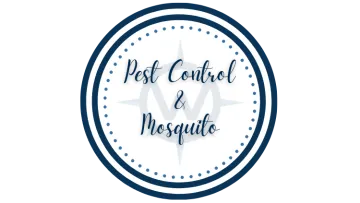Ticks
Ticks
Ticks are prevalent in the Southeastern United States, posing health risks to both humans and pets due to their potential transmission of diseases. Common species include the American dog tick, lone star tick, and black-legged tick. These parasites thrive in wooded areas, tall grasses, and shrubs, making outdoor activities a potential source of exposure.
Windward Pest Services is committed to addressing tick-related concerns by offering effective pest control solutions. Our services include yard treatments, advice on preventive measures, and education on tick identification. By implementing comprehensive strategies, we aim to reduce the risk of tick bites and associated health issues, ensuring a safer and more enjoyable outdoor environment for residents in the Southeast.
Types of Ticks
The Southeastern United States is home to several species of ticks, each presenting distinct characteristics and potential health risks. Common ticks in the region include the American dog tick (Dermacentor variabilis), recognized for its role in transmitting diseases to domestic animals and humans. The lone star tick (Amblyomma americanum) is prevalent and known for its distinctive white spot on the female's back. Black-legged ticks (Ixodes scapularis), also known as deer ticks, are of concern due to their ability to transmit Lyme disease.
Additionally, the Gulf Coast tick (Amblyomma maculatum) is found in coastal areas, posing potential health risks. Windward Pest Services offers comprehensive pest control solutions, including yard treatments and preventive measures, to address the presence of ticks and mitigate the associated risks in the Southeast.
American Dog Tick
(Dermacentor Variabilis)
Known for transmitting diseases to domestic animals and humans, it is common in the Southeast.
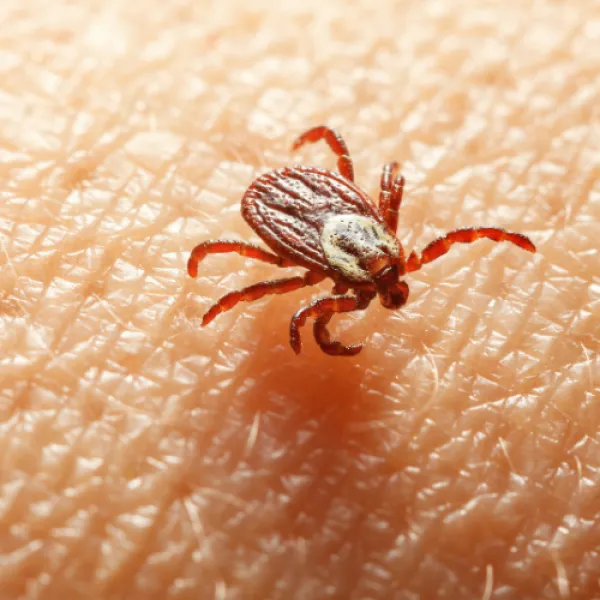
Black-legged Tick
(Lxodes Scapularis)
Also known as the deer tick, it is a concern for transmitting Lyme disease in the region.
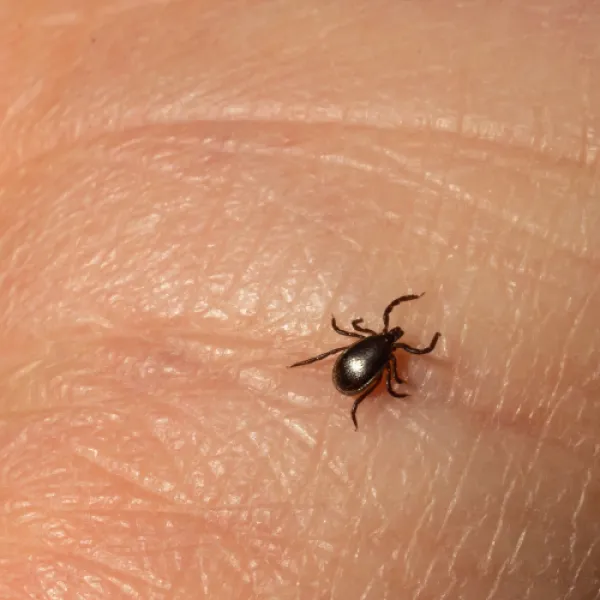
Gulf Coast Tick
(Amblyomma Maculatum)
Found in coastal areas of the Southeast, it poses potential health risks.
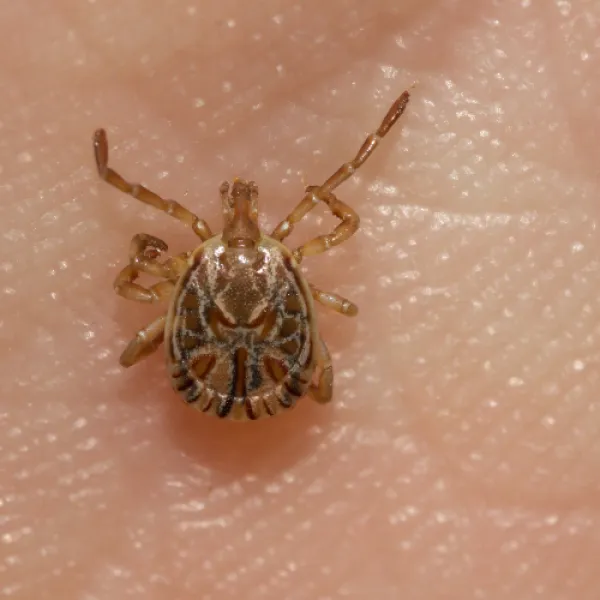
Lone Star Tick
(Amblyomma Americanum)
Prevalent in the region, it is recognized by the distinctive white spot on the female's back.
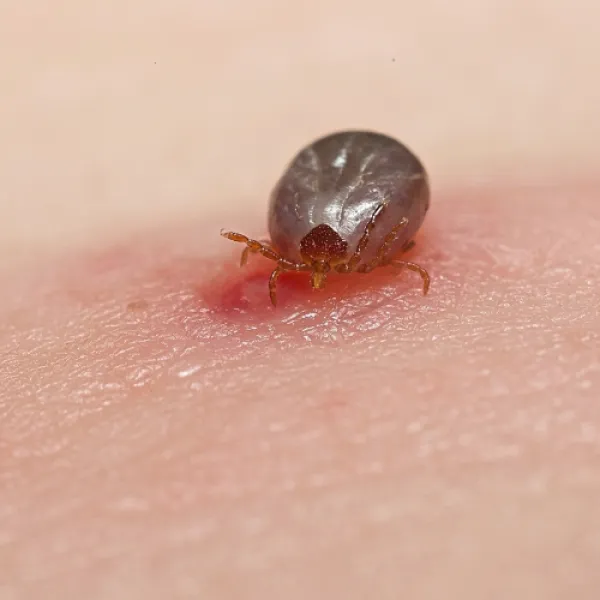
Bundle Packages Available!
Discover the convenience and cost-effectiveness
of Windward Pest Services' comprehensive pest control bundles.
We prioritize delivering epic service and substantial savings to our cherished clients.
Take advantage of the chance to learn more about our referral program!
Connect with Us!
Decades
Of Experience
Dozens
Of Customer Service Awards
Thousands
of Online Reviews
Frequently Asked Questions
Q How prevalent are ticks in the Southeast?
Ticks are common in the Southeast, with species like the American dog tick, lone star tick, and black-legged tick present in various habitats.
Q What diseases can ticks transmit in the region?
Ticks in the Southeast can transmit diseases such as Lyme disease, ehrlichiosis, and Rocky Mountain spotted fever.
Q Where are ticks commonly found in residential areas?
Ticks thrive in wooded areas, tall grasses, and shrubs, making yards and outdoor spaces potential habitats.
Q What is the significance of the lone star tick's white spot?
The white spot on the lone star tick's female distinguishes it and is a key identification feature.
Q Can ticks be found in coastal areas of the Southeast?
Yes, the Gulf Coast tick is prevalent in coastal regions, posing health risks to residents.
Q How can homeowners identify and protect against tick infestations?
Windward Pest Services provides education on tick identification, yard treatments, and preventive measures to minimize the risk of tick bites.
Q Are ticks a concern for both humans and pets?
Yes, ticks can transmit diseases to both humans and pets, emphasizing the importance of effective pest control measures.
Q What is Windward Pest Services' approach to tick control?
Our services include comprehensive tick control solutions, addressing habitats, and implementing preventive measures to reduce the risk of tick-related health issues.
Q How often should tick inspections be conducted in residential areas?
Regular inspections, especially during warmer months, are recommended to detect and address tick activity promptly.
Q What measures can residents take to minimize tick exposure?
Residents can adopt preventive measures such as wearing protective clothing, using tick repellents, and maintaining a well-groomed yard to reduce tick habitats.



